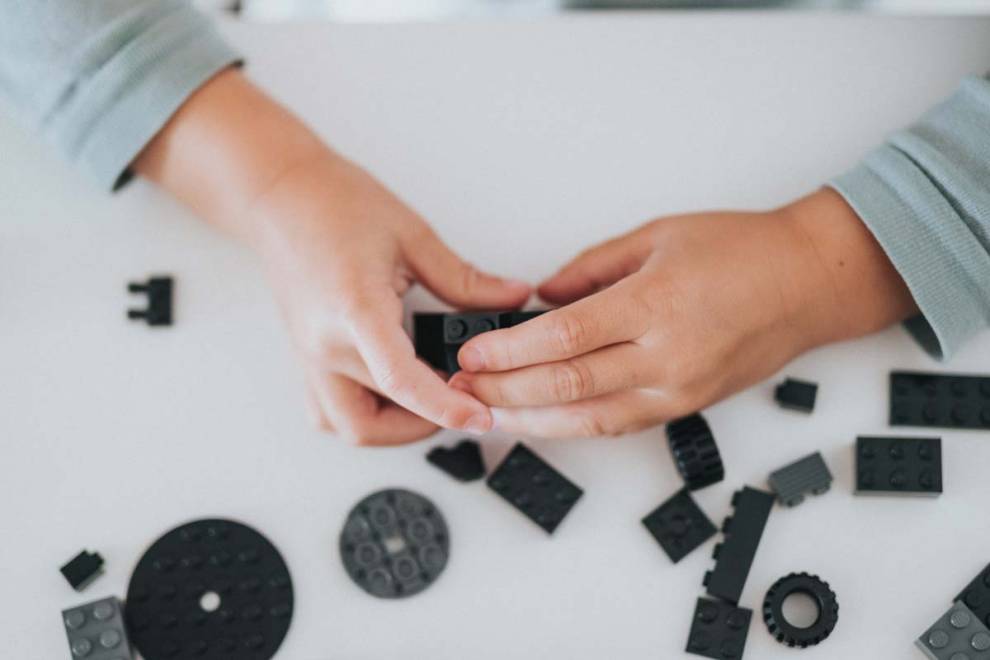That adorable little belly button needs special attention. We found some pro tips.

Mommyhood101 independently tests and curates baby gear to help you make informed decisions. If you buy products through links on our site, we may earn a commission.
Scroll down for pictures of normal and infected umbilical cord stumps.
When you first took your baby on your chest and felt his or her heart beat, their legs and arms wiggle, and their little eyes begin to open, you probably felt so much love that you neglected to notice the bloody umbilical cord stump that was hanging off your baby's tummy!
Now that it is probably starting to dry up and turn all sorts of strange colors, you probably can't help but look at the strange little things hanging off of your baby, wondering when exactly it will cease to grace you with its presence!
All About Umbilical Cord Stumps
Why Babies Have an Umbilical Cord Stump
During pregnancy, you provided your baby with all of its nourishment and oxygen by pumping it from your placenta through the umbilical cord and into your baby's tummy.
Once your baby is born, the doctor, nurse, midwife, or the baby's father will clamp and cut off the umbilical cord, leaving an unsightly stump that is usually from 1/4 to 1" in length.
The stump is left there to promote healing and to prevent any infection from making its way into your baby's tummy.
How to Care for an Umbilical Cord Stump
Keep the stump clean and dry, and try to keep your baby's diaper from covering it (fold the diaper down in the front, or buy the newborn diapers that have a small cut-out in that area). These techniques will help keep the stump dry, exposed to air, and clean from urine and fecal matter.
How to Make the Umbilical Cord Fall Off Sooner
Usually the stump will fall off in about 1 to 3 weeks after birth. Some parents find it a bit unsightly, and there are some things that you can do to help the cord stump fall off sooner:
1. Keep the area clean and dry. This will help the stump dry up and completely heal.
2. Keep the area uncovered in warm weather, such as by dressing your baby in a light t-shirt and pants, which will allow air circulation around the umbilical cord stump.
3. In cold weather, try not to dress your baby in clothing that zips or buttons in the front. This will help keep the stump from snagging on the clothing or getting caught in a zipper or button opening, which could cause a tear, bleeding, and a slower healing process.
4. Never attempt to pull the stump off, even if it appears to only be hanging on by a small thread of skin. Prematurely breaking the skin can cause bleeding and slow the healing process.
5. Never give your baby a bath that involves submerging the stump in water. Most hospitals will tell new parents to give only sponge baths to their babies until the stump falls off. Submerging the stump in water will rehydrate the skin, promote moisture and bacteria growth, and basically turn back the clock in the healing process.
6. Your parents or in-laws may tell you to put rubbing alcohol on the stump, because this was what they did when you were a little tyke. Nowadays, however, many hospitals tell new parents not to use alcohol on the stump without a doctor's permission, as it has not been found to speed the healing process (in fact, some studies suggest that alcohol can slow the healing process and get into the baby's bloodstream).
How to Tell if the Umbilical Cord Stump is Infected
Sometimes, even with proper care, an umbilical cord stump can become infected. Infections can be very dangerous to your baby's health, so it is important to contact your doctor immediately if you notice any signs of infection.
Signs of infection include a fever, a swollen navel and/or surrounding area, and goopy pus at the base of the stump with surrounding redness. Here is a picture of a normal umbilical cord, slightly abnormal case, and an abnormal and likely infected umbilical cord.

Notice in the normal case, the area is dry, clean, and without surrounding redness. Notice in the slightly abnormal case, the top is dry but there is some clear and yellow pus underneath (this case usually can be treated with a bit of rubbing alcohol).
Notice in the abnormal case, the area is moist and there is surrounding redness (this case is usually treated with antibiotics). If you have any concerns, see your doctor immediately.










